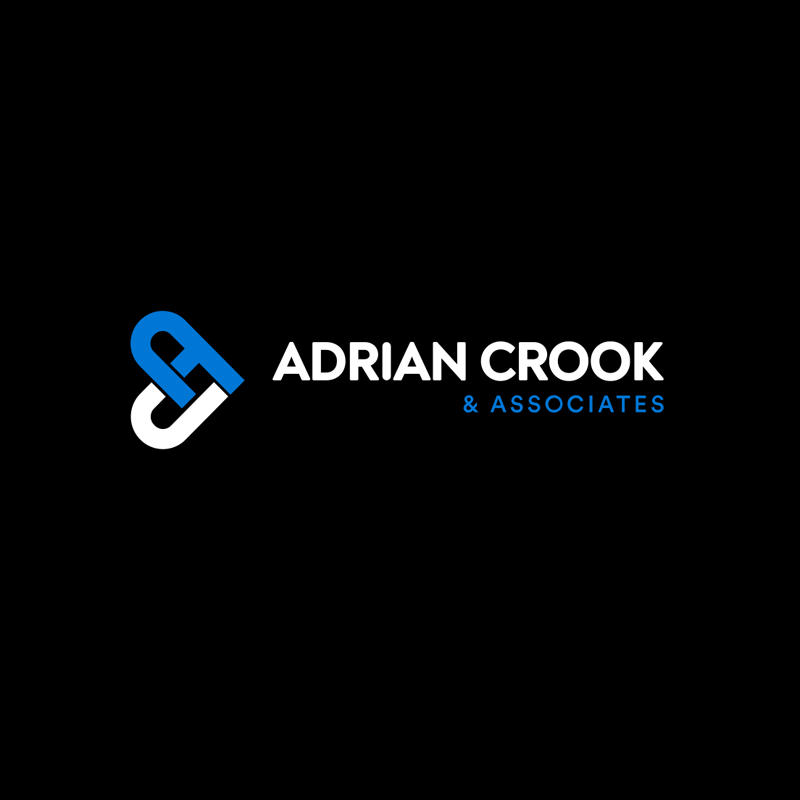How brand advertisers are engaging with consumers in social games. Follow VGSummit on Twitter.
Panel:
- Terry Angelos (Moderator), TrialPay
- Joe Eibert, Universal Studios
- David Levy, SocialVibe
- Brian Cho, Booyah
- Manny Anekal, Zynga
Slide about social games having a larger audience than prime time TV shows.
TERRY – Why are online ad budgets so much lower than TV? How do you see brand budgets moving to social media?
JOE
- Dollars follow where eyeballs are going. As people spend more time on social games, ad dollars will go there as well. In my business, we are very much into cultivating fans about our movies. We want fans to be advocates for us. Social is great because you can get ppl to sign on to your Fan page or email db and have continuing relationship.
TERRY – Any metrics on budgets growing?
JOE
- Online budgets as a whole are doubling. Social as a % of the online budget is doubling, if not more.
DAVID
- Keep seeing budgets increase. We like to thing it’s because more ppl are playing games. But these dollars end up being allocated because the P&Gs of the world do some big study that shows the efficacy of online. So much is still controlled by TV budgets. We still can’t say that if we prove more effective, more dollars will flow online. We are still fighting that battle of trying to do an apples to apples comparison.
BRIAN
- For our users, we require them to check into a store, scan a UPC of a product to unlock features. Those are cutting edge techniques we are using to promote brands. Holy grail for those advertisers are validation at point of sale – we can give that.
MANNY
- Only 5% of audience will monetize – so how do we monetize other 95%. We had about 1 campaign per quarter. If we look at Q4, we will have 3-4x more programs in Q4 versus early part of this year.
TERRY – Able to do so many different things in social games from an ad perspective. What are some of the best examples (or worst) of ad programs that will help us understand how you engage with brands?
MANNY
- All about the user experience. All our advertising is user choice – not banner ads. Our 7-11 program saw several million codes being redeemed. Our water program had a 60% redemption rate. We saw huge engagement with McDonald’s program.
BRIAN
- Wanted to have best UX. So we partnered with brands that related to DJs, such as Disney’s Step Up 3D the movie. 9.3M plays during that program. Users in Nightclub city wanted that content. Did a Pantene campaign, dropped 1.3M locked items in wild, only way to redeem was to go to store and get a CPG UPC code to unlock. 530,000 drops of these locked items, over 250,000 of them were unlocked. So almost 50% engagement rate. Advertisers want to see users engaged with the item. LBS (Location Based Service) play really speaks to that.
JOE
- Public Enemies movie campaign within Zynga’s Mafia Wars blew us away with it’s success. Had over 100M interactions (different missions, items, etc). Up against latest Harry Potter, Hangover, etc with films 2-3x our box office.
- Also excited by the amount of editorial we received. Public Enemies would not have received that exposure otherwise.
DAVID
- From a developer standpoint, all these things take development resources. First thing to do before going out to do biz dev is to figure out what you can do re: dev time and what budget you’ll need, then look at which brands have the money to spend in that category. Try to make sure you are having very limited conversations as the cycles for these deals are very long. Find the most logical partners and target them specifically – don’t spread yourself to thin.
TERRY – What about metrics for these campaigns? They are so custom. Do metrics matter? How do you compare metrics?
MANNY
- Very important. We work to to measure the important soft metrics such as brand lift, purchase intent, awareness. We can truly prove the ROI of your campaign. We know the spend and how many products left the shelves. In-game ad space took about 5+ years to get standards across the board.
BRIAN
- Very important, especially in mobile. We can target users down to zipcodes and time of day. Very important to brands. We can create premium campaigns. Fit of brand to game will be very important. Car Town did a great job with brand integration.
JOE
- Interpreting metrics is art and science. You can compare different types of online media. Depending on the campaign, your goals will be reach, frequency or engagement. Unfamiliar or catalog titles may be measured more on engagement. Is there an exact science, no not necessarily. Making sure amount of purchased impressions are delivered on is important.
DAVID
- We are a performance advertising company. All the brands that pay, pay on a cost per engagement basis. It’s all based on a specific action. Trevia was all about creating a sweetness moment – uploading a picture of a sweet moment. So we could track that. Right now those metrics don’t fit with other buys – the reason being social gaming is so engaging that you will outperform any other medium out there. Performance to me is the biggest differentiator with social gaming.
TERRY – What are the challenges – what’s holding this market back? Is this scalable?
BRIAN
- More about the fit than the scalability. For user it is really important they are engaged with the product. In terms of scalability, from LBS side that is still a very small piece of the pie. As it becomes more mainstream we can scale to a new level.
MANNY
- We’re still a nascent industry. Zynga has been around for 4 years only. Look at time spent in online vs ad dollars spent and we’re still early – those dollars will transition. But look at what we’ve done with McD’s, Farmers Insurance, etc and it’s happening.
- Re scalability, I don’t have an answer. Two things I’d approach: partnerships with TrialPay and SocialVibe. Also, I’d figure out how to do a MVP first, then expand it.
TERRY – Any advice for small, less resource-rich publishers? When should they look at connecting with brands?
MANNY
- At this point, still pretty intensive for a developer. If you’re product is not perfect and you’re not monetizing, focus on that first. Your dev team also needs to have time. Reach, revenue, retention should be your first focus. Scale question as well – if you want to reach 5M ppl on a daily basis, there are very few companies that can do that now, so focus on your own product for now.
JOE
- Education process on the brand side is still a big challenge. Educating film makers and C-level execs. Only now do C-level understand online ads – so explaining in-game stuff is a bigger challenge. Other portion is thinking about a win-win situation – brand’s ad needs to fit with gameplay. If it doesn’t it will negatively affect the brand. Have to be somewhat flexible some game devs have freedom to be creative. Perhaps fewer approvals.
BRIAN
- When you design a game, think about how you would integrate the brands. Design from ground up for brand integration.
TERRY – What hasn’t worked? Any big blunders you can talk about?
DAVID
- There’ll be a lot of conversations you’ll have with brands and a lot of times those don’t go anywhere. Need to find 1 or 2 that actually fit really well. Need to have a lot of convos before something hits. Once you can show that success, guys like Zynga can replicate that success. Most guys at agency or client level don’t know what Farmville is – so that’s a big education process. Run into a lot of issues at the client and agency level around understanding.
MANNY
- We can say no to brands that don’t make sense to our games. We haven’t had a failure to date. We are protective of our audience.
DAVID
- Nice to have a cross-section of games that allow for almost any brand to fit in. (aka Zynga)
- Might want to also educate the brands about how “vocal” and “passionate” social gamers (or gamers at all) can be so they are not shocked by the odd sound bite in a forum or Fan page.
Questions
Name top 3 tripping points on selling a branded program.
MANNY
- Education of brands and agencies re what’s possible. Educating on the gameplay, gifting, trusted connections, etc.
- User experience has to fit. Popups won’t work.
DAVID
- Understanding what dev costs really are.
- Education of what the real audience is in social games. Perception that the audience is not moms… these really are the mid-west, etc that the brands are trying to reach. Just because ad exec doesn’t play it, doesn’t mean it’s not your brand’s target.
JOE
- Getting people accustomed to receiving criticism. Leave that criticism alone – ppl will come forward with positives. This is not a 1-way medium like a TV ad. Need to respect the consumer who is engaging with your brand.
BRIAN
- Understanding your audience. Which brand integration would make the game cooler and better. We work with Disney and a bunch of indie artists – the brands we work with enhance the gameplay.


